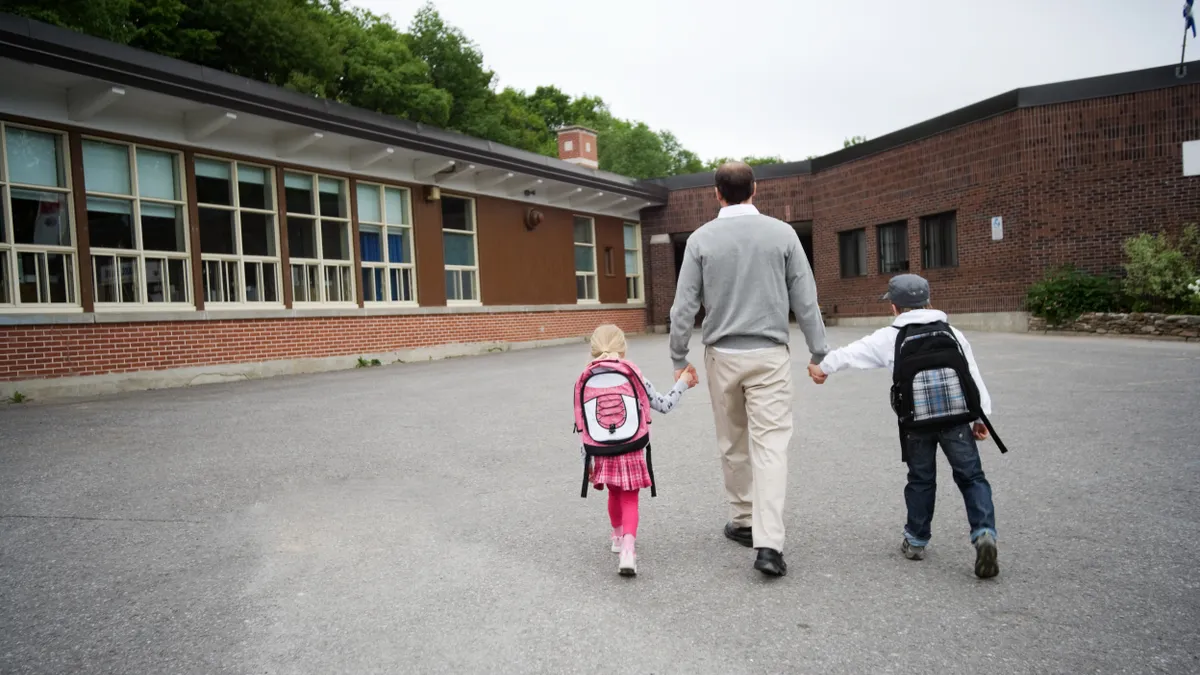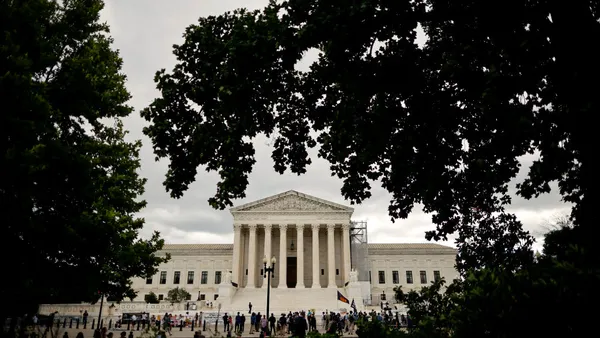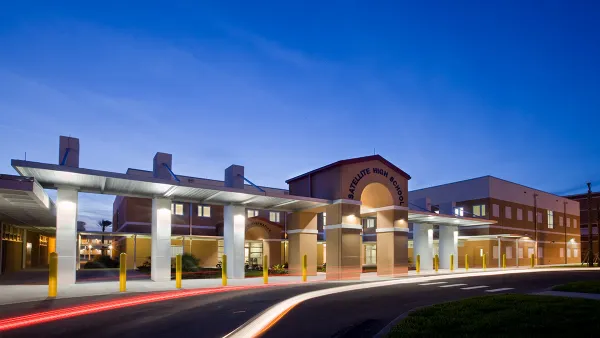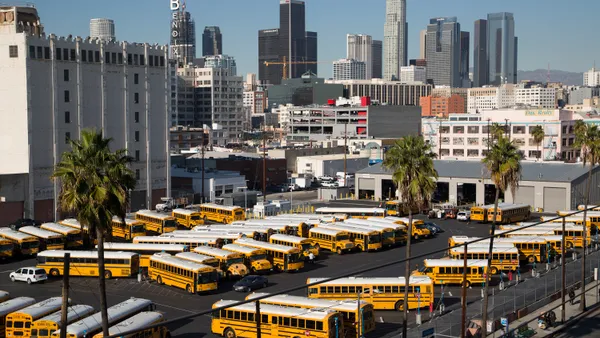Americans’ satisfaction with K-12 education rose 7 percentage points to 43%. The metric had dipped to 36% last year — its lowest reported level since Gallup began tracking it in 1999.
Still, a 55% majority of the 1,015 adults surveyed in August said they are completely or somewhat dissatisfied with K-12 education.
Though public satisfaction with the quality of schools is nearing back to a trend average of 45%, Gallup data also shows the public’s perception of K-12 education started to steadily decline during the COVID-19 pandemic’s onset in 2020.
Gallup’s election year polling shows education remains a partisan issue among Democrats and Republicans. Though Americans on both ends of the political spectrum reported a rise in satisfaction with schools, Republicans had a 33% satisfaction rate compared to 53% of Democrats. That’s an 8 percentage point increase among Republicans and a 9 percentage point increase among Democrats from the previous year.
While the public perception of schools has improved overall, K-12 parents’ satisfaction fell by 10 percentage points over the past two years, Gallup found. This year, 70% of parents said they were satisfied with the quality of their oldest child’s education.
More recently, parents are gravitating to alternative schooling options for their children.
In fact, student participation in private school choice doubled in the last five years — reaching an enrollment of over 1 million for the first time this year, according to state data analyzed by pro-choice advocacy organization EdChoice. Some 22 million students, or 40% of the K-12 school-aged population, have access to private school choice programs including vouchers, tax credit scholarships, education savings accounts, tax credit ESAs and refundable tax credits.
Meanwhile, the percentage of parents concerned about their child’s physical safety rose from 38% to 44% in the past year, according to Gallup.
Those fears come as school shootings reached a record high in 2023. The pace, however, appeared to slow in the first half of 2024 compared to the same period last year, according to the K-12 School Shooting Database, which tracks any time a gun is fired or brandished with intent, or when a bullet hits school property, regardless of the number of victims, time, day or reason behind the incident.







 Dive Awards
Dive Awards







